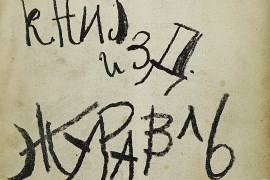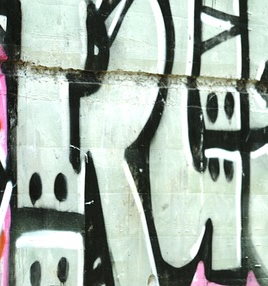Livre | Chapitre
Naturalism, transcendentalism and a new naturalizing
pp. 19-40
Résumé
In the early-1930s, Raymond Aron, a French philosopher returning from Germany after studying with Husserl met Jean-Paul Sartre, the soon-to-be existentialist, in a café in Paris. After Aron explained what he had learned from Husserl, Sartre became very excited by the fact that, as he put it, with phenomenology one could begin to philosophize by carefully describing one's perception of a wine glass. The following year Sartre went to study in Berlin where he more likely employed beer glasses. Later in his major work, Being and Nothingness, he actually does use the example of a wine glass to make a point about bodily movement. In Paris, phenomenology was (and still is) often done in cafés.
Détails de la publication
Publié dans:
Gallagher Shaun (2012) Phenomenology. Dordrecht, Springer.
Pages: 19-40
Citation complète:
Gallagher Shaun, 2012, Naturalism, transcendentalism and a new naturalizing. In S. Gallagher Phenomenology (19-40). Dordrecht, Springer.










